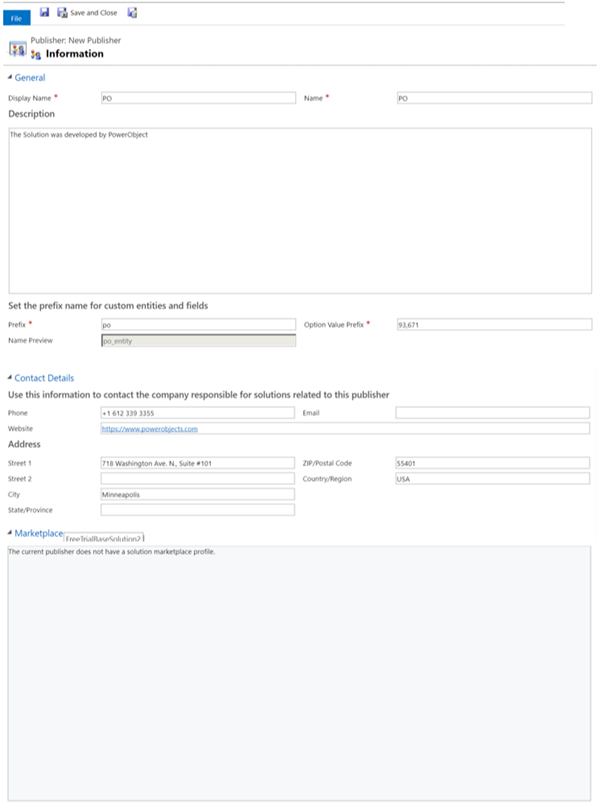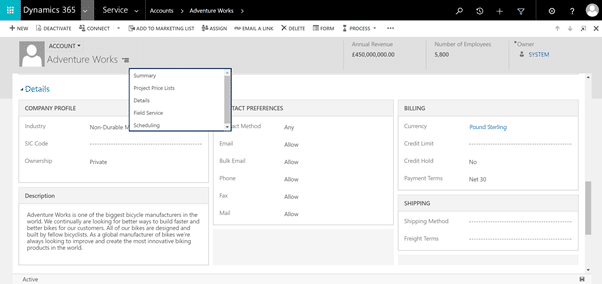
|
|
|
|
#1 |
|
Участник
|
powerobjects: Back to Basics: Microsoft Dynamics 365 Terminology
Источник: https://www.powerobjects.com/2018/06...5-terminology/
==============  If you’re new to and learning about Microsoft Dynamics 365, you have probably come across some terminology or functionality you do not fully understand. In this blog, we are going back to the basics to offer alternative explanations for a few Dynamics 365 definitions that may need further clarification. An overview of what we will cover:
The main purpose of the Publisher is to identify the user who created a specific solution. Why is it important? Even out of the box Dynamics 365 has over 20 solutions, but there may be more once you start customising the system. If you have large development teams, especially from different consulting companies, Publisher will help you identify who created what solution. Also, if you buy a solution, you will know the vendor and how to contact them. Publishers can be identified by the prefix and name. The prefix is used for custom entities and fields, while name is used for the solution. The name needs to be created by the user, while the prefix can be either system generated (new) or set up individually, but again, for the purpose of the identification, it is recommended to set up unique prefix.  Connections vs Relationships Connections show the association between records. It is an entity and requires you to specify the connection role each time you create a connection, such as spouse, colleague, or friend. You can create Connection between virtually any entity or record. Relationships show the association between entities. While it is also an entity, unlike Connections, Dynamics 365 does not have a view where you can see relationships. Therefore, unlike Connections, you cannot see the Relationships entity in Advanced Find. The relations can be 1:N, N:1, or N:N. Unlike Connections, Relationships are not an entity. The Relationship between entities is configured in Settings. Please do not confuse Relationship Roles and Relationships. Relationship Roles are being deprecated and will not appear in future releases of Dynamics 365. Relationship Roles are now replaced by Connection Roles. Relationships Insight (a feature in Sales) and Product Relationships (Cross-Sell, Upsell, Substitute and Accessory) are also very different from Relationships. Tabs vs Sections Tabs contain Sections and Sections contain Fields. On the picture below, Details is a tab that contains several Sections – Company Profile, Description, Contact Preferences, Billing, and Shipping. You can see the list of tabs for each form when you press Form Navigation drop-down, the button  next to the record name. next to the record name. Hopefully these explanations help in your Dynamics 365 journey! Make sure to subscribe to the PowerObjects blog for all information Dynamics 365. Happy Dynamics 365’ing! Источник: https://www.powerobjects.com/2018/06...5-terminology/
__________________
Расскажите о новых и интересных блогах по Microsoft Dynamics, напишите личное сообщение администратору. |
|
|
|
|
|